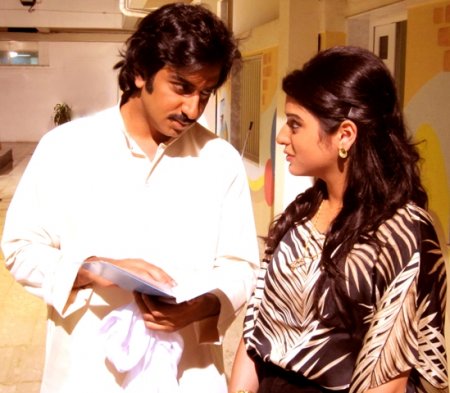
Recently, one of the hottest places to visit is Turkey—dubbed jokingly as the Egypt of Europe, the country, though huge, has a lot of history, art, the breath taking experience of being bamboozled by taxi drivers, etc. No one can deny that the recent spike of interest in Turkey lies in its television dramas. Besides visiting museums, drama sets are open for tourists to take a peek at, and this craze almost brought on the most ridiculous controversies in the Arab world (fatwa of the TV show Noor).
I’ll be honest, when the trend first started, I thought, like many out there, that it is lame. Sadly, it wasn’t based on anything other than how fast people latched on to it. This attitude is also directed towards Khaleeji drama shows. It’s gotten to a point where there are at least 2 passionate viewers in every house (this is a completely observational statement, and not at all accurate).
After enduring a few weeks of mother begging me to watch one of the shows online, I finally did, just to see what was special about it. Throughout the first two episodes, I kept comparing it to Khaleeji dramas because there are some similarities, such as groups of families or individuals who are connected through shocking or minor events. But that’s where the similarities end, because of the obvious language and cultural difference, and the depth of story.
The Turkish show, however, wowed me from the first episode, something no Khaleeji drama has ever done. Never mind that the Turkish show took two hours (as long as a movie) to build the beginning of the story and characters, but the show draws strength from the actors’ skills. Doesn’t every show need that, you ask? Yes, of course they do. But unlike Khaleeji shows that provide characters all the dialogue needed in fixed settings, Turkish characters are seen doing something that relates to their livelihood. The little milk maid doing her job, the businessman seen in action charming his clients and seal his future. These details moulds the characters in the viewers eyes without the addition of dialogue, and makes them real.
Another realistic aspect is portraying the human nature of these characters. It’s not good people vs. evil, it’s people generally struggling with situations and bad choices, along with jealousies and guilt. Instead of hating the obviously bad person’s gut, I am at awe of the slyness of that character. It’s not overdone, but subtle.
Exploring this much into the characters lives not only demands skills from the actors, but skills from the camera as well. I had the sense that the camera was used as a story-telling tool—a very effective one. There were scenes with barely any dialogue, but only with significant scenes and expressions. There is something refreshing at being treated like a smart audience—and really, that’s what I felt. I felt a strong connection to the events, and because of that, all the actors had to do was deliver the right amount of emotional reaction, as opposed to the dreaded high drama, tear jerkers we’re given in Khaleeji shows.
The trend shows a refreshing change from what the Gulf audience is used to. There’s a bigger story with, different classes involved, and the character/plot developments keep the audience at the edge of their seats with anticipation. Instead of always working towards a tragic end, some of these shows work towards unraveling certain mysteries and certain plotlines. It maybe radical to what we’re used to, but seeing the standard of storytelling techniques, I am not surprised at their popularity!
Note: The show I used for comparison is What’s Fatmagul’s Fault and is a must watch.
– Asma Al Jeelani







